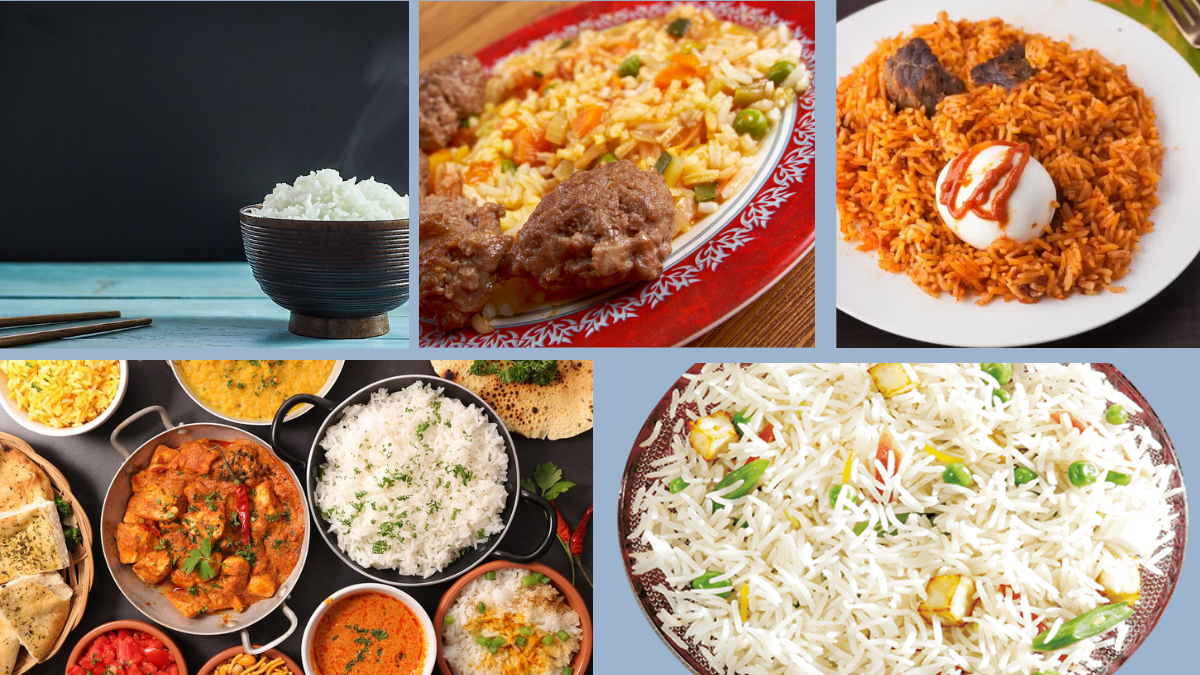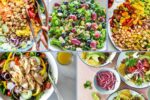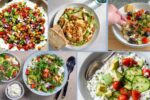Rice is more than just a staple—it’s a cultural symbol, a dietary cornerstone, and in many places, a way of life. Across continents, people incorporate rice into daily meals, rituals, and celebrations. But one question continues to intrigue many: Which country eats the most rice in the world?
The answer is simple yet fascinating: China. With over a billion people and a cuisine built around rice, China tops the global list in both production and consumption. In this article, we explore the significance of rice in China, how it compares to other rice-loving nations, and dive deep into the cultural, culinary, and nutritional role of rice—especially vegetarian-friendly varieties.
Global Perspective: Rice Consumption Overview
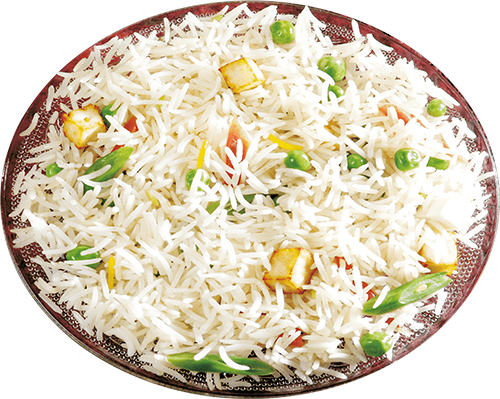
Rice is the third most produced crop in the world (after sugarcane and maize), and it’s a dietary staple for over half the global population. Here’s a quick look at the top rice-consuming countries (by total volume):
- China
- India
- Indonesia
- Bangladesh
- Vietnam
While per capita rice consumption might be higher in smaller Southeast Asian countries like Laos or Myanmar, in terms of overall volume, China leads the world.
Why China Eats the Most Rice
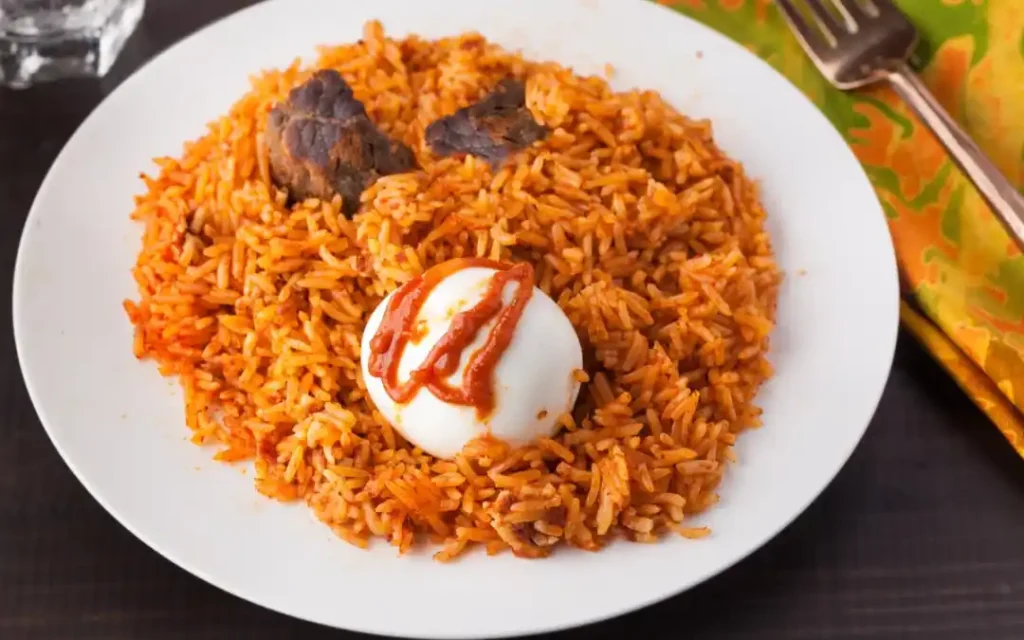
There are several reasons why China consumes more rice than any other nation:
1. Massive Population
With over 1.4 billion people, even moderate individual consumption adds up to enormous national demand. Most Chinese households eat rice multiple times a day.
2. Cultural Integration
Rice is deeply embedded in Chinese tradition. Phrases like “Have you eaten rice today?” (你吃饭了吗?) are commonly used greetings that emphasize how essential rice is to daily life.
3. Agricultural Suitability
China has fertile plains, abundant rainfall, and a favorable climate for rice cultivation, especially in regions like the Yangtze River Basin and Southern provinces.
4. Culinary Versatility
Rice appears in countless forms in Chinese cuisine—from simple steamed rice to sticky rice dumplings (zongzi), congee (rice porridge), and fried rice. Vegetarian dishes made with rice are especially common in Buddhist communities.
Types of Rice Popular in China
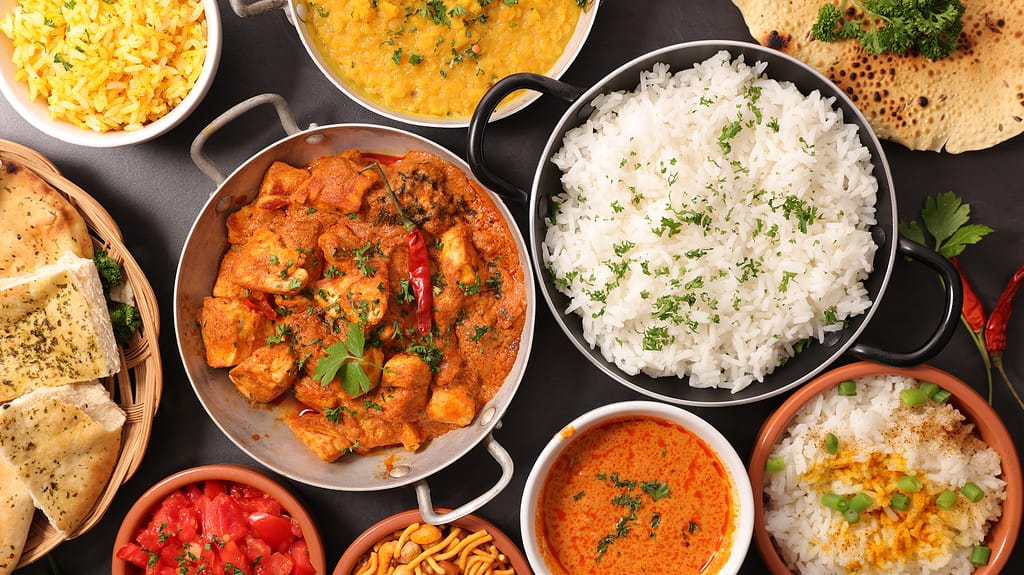
There’s no one-size-fits-all when it comes to rice in China. Here’s a look at some commonly used rice varieties, especially suitable for vegetarian diets:
1. Jasmine Rice
Aromatic and slightly sticky, jasmine rice is perfect for dishes like vegetable stir-fry and tofu curry.
2. Glutinous (Sticky) Rice
Used for sweet and savory dishes like vegetarian zongzi (rice dumplings filled with mushrooms, peanuts, and chestnuts).
3. Brown Rice
Health-conscious households are increasingly turning to brown rice for its fiber, vitamins, and minerals.
4. Short-Grain Rice
Used for traditional congee, a rice porridge that’s often flavored with spring onions, preserved vegetables, and sesame oil—fully vegetarian and comforting.
Common Vegetarian Rice Dishes in China
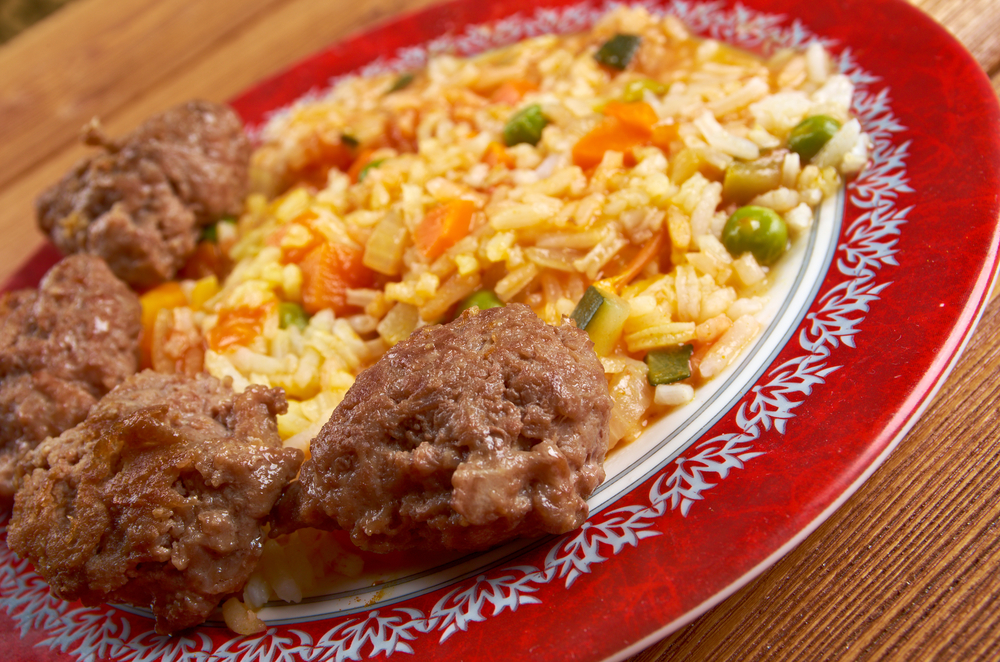
While some assume Chinese rice dishes are mostly meat-based, the reality is that there are hundreds of vegetarian rice recipes rooted in tradition and widely enjoyed:
1. Vegetable Fried Rice
A quick and healthy favorite made with leftover rice, carrots, bell peppers, peas, and soy sauce.
2. Congee (Vegetarian)
A slow-cooked rice porridge, often enhanced with mushrooms, tofu, pickled radish, or Chinese cabbage.
3. Buddha’s Delight Rice Bowl
A nourishing combination of steamed rice topped with assorted stir-fried vegetables and tofu, flavored with garlic and sesame.
4. Steamed Sticky Rice with Chestnuts
A festival favorite, often prepared with sweet glutinous rice, jujubes, chestnuts, and lotus seeds.
How Rice Is Eaten Daily in China

In most Chinese homes, rice is the anchor of the meal. While Western cuisines often build around meat or pasta, in China, the rice is served first, then complemented by small portions of side dishes—usually vegetables, tofu, or legumes in vegetarian households.
Many meals look like:
- Steamed white rice
- Sautéed greens (bok choy, spinach, or water spinach)
- Braised tofu or stir-fried mushrooms
- Pickled vegetables or seaweed salad
Even in temples and vegetarian restaurants, rice plays a key role, often paired with herbal broths, fermented vegetables, or soy-based proteins.
Health Benefits of Rice-Based Vegetarian Diets
When consumed mindfully, rice can be a powerful contributor to a healthy vegetarian diet:
- Rich in complex carbohydrates: Offers sustained energy
- Low in fat and cholesterol-free
- Naturally gluten-free
- Pairs well with fiber-rich veggies and plant proteins
Switching to brown or black rice adds even more benefits, such as increased fiber, B vitamins, and antioxidants.
India: A Close Second
India, with a population close to China’s, is the second-largest consumer of rice. The southern and eastern regions of India, where rice is more popular than wheat, see particularly high per capita consumption.
Popular Vegetarian Rice Dishes in India:
- Vegetable Biryani (spiced rice with vegetables and saffron)
- Lemon Rice (rice flavored with mustard seeds, curry leaves, and turmeric)
- Tamarind Rice (tangy rice with tamarind pulp and peanuts)
- Curd Rice (rice mixed with yogurt and tempered spices)
While India consumes slightly less rice overall than China, it remains a rice-loving nation, with an incredible diversity of vegetarian rice dishes.
Other Rice-Loving Nations
Indonesia
Nasi Goreng (fried rice) is the national dish. Vegetarian versions are widely enjoyed using tempeh, tofu, and vegetables.
Vietnam
Steamed rice is eaten with nearly every meal. Vegetarian rice dishes like Com Chay (crispy rice) are popular in Buddhist communities.
Thailand
Thai cuisine features jasmine rice heavily. Dishes like Khao Pad Pak (vegetable fried rice) and sticky rice with mango are beloved vegetarian options.
Global Rice Consumption Trends
- Urbanization and fast lifestyles are increasing demand for quick rice meals, including vegetarian frozen options.
- Plant-based eating movements are reviving interest in rice and grain bowls across Western nations.
- Sustainable farming practices are being adopted in Asia to meet rising demand while protecting ecosystems.
Make Your Own Vegetarian Chinese-Style Rice Bowl
Ingredients:
- 1 cup cooked jasmine rice
- ½ cup chopped bok choy
- ½ cup diced tofu (firm)
- ¼ cup shredded carrots
- 2 tbsp soy sauce
- 1 tsp sesame oil
- 1 clove garlic (minced)
- 1 tsp ginger (grated)
- Spring onions & sesame seeds to garnish
Instructions:
- Heat sesame oil in a pan, add garlic and ginger.
- Add tofu and sauté until lightly golden.
- Add carrots and bok choy; stir-fry for 3–4 minutes.
- Add cooked rice and soy sauce, stir well.
- Garnish with spring onions and sesame seeds. Serve hot!
Fun Rice Facts
- China produces over 200 million metric tons of rice annually.
- Rice farming covers more than 30 million hectares in China.
- Black rice, also known as “forbidden rice,” was once reserved for Chinese royalty due to its health benefits.
- The word for rice (饭 – fan) is synonymous with the word for “meal” in Mandarin.
Conclusion: China Takes the Crown
To conclude, China is the undisputed leader in rice consumption—not just because of its massive population, but also due to rice’s cultural, historical, and culinary importance in daily life. The good news for vegetarians? Rice is at the heart of many plant-based dishes in China and beyond.
Whether you’re enjoying a steamy bowl of congee in Beijing or savoring spicy lemon rice in Tamil Nadu, rice continues to unite billions of people across cultures. So next time you sit down with a plate of vegetarian fried rice or a rice bowl bursting with flavor, remember: you’re part of a global tradition rooted in simplicity, nutrition, and taste.
